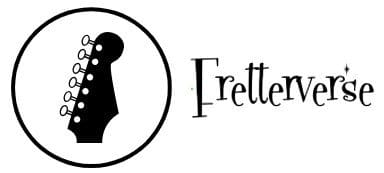The first time I stumbled upon the Circle of Fifths, I felt like I’d discovered a secret map to the world of guitar theory. Every note, every chord was suddenly more vibrant, more connected. As a guitar journalist, I’ve witnessed countless players evolve, finding newfound creativity once they finally embraced this concept. But why does the Circle of Fifths hold such transformative power? And what makes it an essential tool for every guitarist eager to master music theory?
In this article, we’ll delve into the nuances of the Circle of Fifths, unraveling its mysteries piece by piece. You’ll learn *how* this simple circle can revolutionize the way you approach chord progressions and *why* it’s considered a cornerstone of music theory. Join me on this exploration and watch as your guitar skills — and your understanding of music — flourish like never before.
What is the Circle of Fifths?
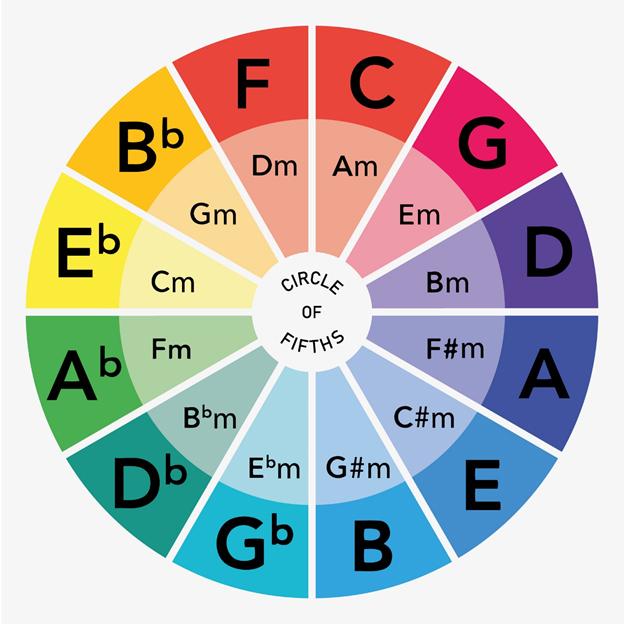
The Circle of Fifths isn’t just a chart—it’s a roadmap to understanding musical relationships. Are you ready to navigate it? In my work at Acoustic Guitar magazine, I’ve often referred to the Circle as the *backbone of music theory*—essential for any guitarist. This effective tool illustrates the **relationships between musical keys** and helps demystify the concept of **key signatures**. Picture a clock: each hour represents a key, with C major at the 12 o’clock position. Progressing clockwise, each step moves up a perfect fifth, offering an intuitive guide through the musical landscape.
The Circle not only strips away complexity but also provides a visual structure that can unlock creativity and spontaneity in your playing. With a clear understanding, you’ll begin to see how common chord progressions are neatly organized within this elegant system. Embrace this *visual aid*—it’s the key to unveiling the interconnectedness of music and expanding your *artistic horizon* as a guitarist.
Why Use the Circle of Fifths?

Why do so many musicians swear by the Circle of Fifths? The answer lies in its unparalleled ability to connect chords and musical ideas. This versatile tool is a cornerstone of music theory, especially for guitar players seeking to elevate their understanding of chord relationships. As an educator, I emphasize that understanding this circle can deeply enhance improvisational skills and enrich chord progressions.
From my experience, the Circle of Fifths functions like a musical compass, guiding me to intuitively find harmonies and transitions. It visually represents the *natural flow* of keys, allowing me to seamlessly navigate through various musical landscapes. For budding guitarists, this tool offers a pathway to effortlessly explore and create harmonious progressions, broaden their improvisational vocabulary, and foster deeper musical intuition.
By weaving together *practical application* and theoretical understanding, musicians can tap into the circle’s potential to transform their playing. It offers clarity in *chord selection*, inspiration for songwriting, and insight for crafting compelling melodies. Consequently, embracing this musical framework can lead to profound growth and creativity in any guitarist’s journey.
When to Apply the Circle of Fifths

There’s a time for everything in music, but when should you pull out the Circle of Fifths to elevate your songwriting? This question often lingers at the back of a songwriter’s mind as they navigate the initial stages of creating a piece. Throughout my journey, I’ve discovered that the Circle of Fifths can become a transformational tool during those moments when you find yourself in search of inspiration for chord progressions or when your musical ideas feel stuck.
The Circle comes in handy particularly when experimenting with different music patterns to break free from conventional sequences. Its structure guides you to new and unexpected key relationships that can turn a flat composition into a dynamic one. Timing truly is everything—sometimes, the Circle makes the difference between a song that hits the right emotional note and one that falls flat.
So, the next time you’re composing and need to inject some innovation into your melody, consider revisiting this masterful tool. Trust your instincts, and let the Circle of Fifths inform those critical turning points in your songwriting process. With the right timing and application, this simple circle can elevate your music to new heights.
Who Benefits from the Circle of Fifths?
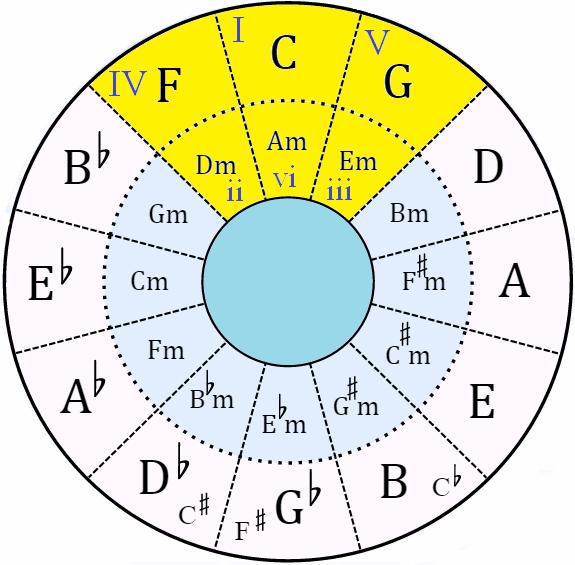
From beginners to seasoned musicians, the Circle of Fifths has something to offer everyone—who will benefit the most? In my years of teaching, I’ve seen firsthand how students from all backgrounds gain confidence and proficiency when they embrace this powerful tool in their studies. The *Circle of Fifths* is an invaluable resource for any musician looking to deepen their understanding of music theory and enhance their guitar playing skills.
Guitar players, in particular, find immense value in the Circle. It serves as a roadmap for mastering scales, developing chord progressions, and understanding key signatures, which are vital components in music education. New guitarists may initially feel overwhelmed by theory, but the Circle provides a visual framework that simplifies complex concepts. *Experienced players* benefit too; it offers insights into crafting sophisticated melodies and exploring new genres, pushing them beyond their creative boundaries.
By integrating the Circle of Fifths into practice routines, musicians at any level can unlock new layers of creativity and knowledge, making this tool indispensable in a guitarist’s toolkit. As we explore the fretboard further, you’ll see just how seamlessly the Circle can be visualized and applied, enhancing both your playing and compositional skills.
Where to Find the Circle of Fifths on the Fretboard
Visualizing the Circle of Fifths
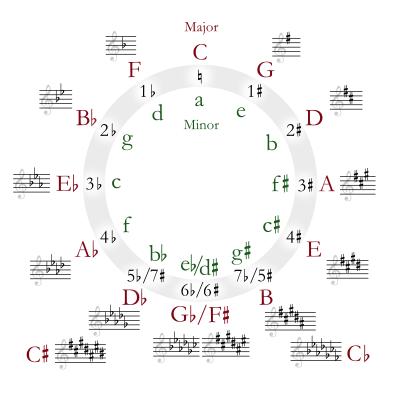
Visualizing the Circle of Fifths on your fretboard can unlock new playing techniques. Are you ready to see it?
As an editor, I love showing readers practical ways to apply theory directly to their playing—this kind of visualization is crucial. Imagine the circle chart directly on your guitar’s neck: every fifth fret represents a move up the Circle of Fifths. Start with C major and slide up to discover G major and beyond. By doing this, the fretboard becomes a visual guide, allowing you to explore relationships between keys and chords seamlessly. Understanding these locations empowers you to effortlessly shift through keys, enhancing both improvisational and compositional skills.
This approach not only enriches your theoretical knowledge but also translates it into immediate, actionable insights, seamlessly setting you up for applying chord progressions and crafting melodies in subsequent sections. So, as we journey on, envision how deeply connected the fretboard and the Circle of Fifths are, and let this newfound perspective inspire your playing.
Applying Chord Progressions
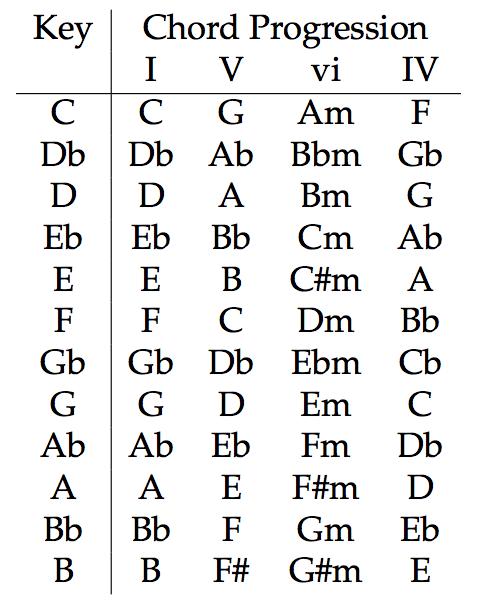
Chord progressions can feel daunting, but the Circle of Fifths can simplify your choices. How will you use it today? The concept is fundamental when locating the Circle on the fretboard. Understanding these positions helps unlock *musical keys and intervals* effortlessly, turning complex theory into accessible, creative opportunities on the guitar.
In my own compositions, I’ve relied on the Circle to create *fluid transitions between keys*—let me share that approach with you. By mapping the Circle onto the fretboard, you can *visually follow the progression* of each chord, choosing pathways that enhance your musical expression. This method encourages *exploration and discovery*, leading to unique creations.
How to Use the Circle of Fifths in Songwriting
Creating Chord Progressions
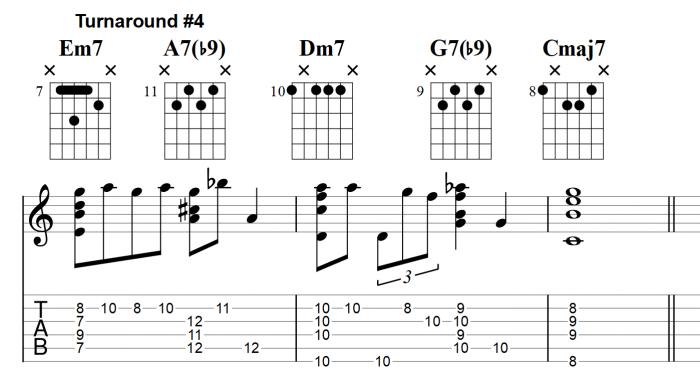
Creating chord progressions can feel overwhelming. What if I told you the Circle of Fifths can provide a clear path? It’s a tool I’ve turned to time and again while crafting chord relationships, especially when looking to transition smoothly through scales. The Circle of Fifths serves as an indispensable guide, showing the natural order of keys and their associated chords, which in turn simplifies building progressions.
With the right understanding of music theory, this circle reveals which chords naturally complement each other, helping you make choices that enhance the lyrical narrative. Over the years, I’ve crafted many instructional pieces on chord relationships, and the Circle is always at the forefront of effective songwriting. By recognizing its potential, creating memorable chord progressions becomes a structured, almost effortless process.
Crafting Melodies
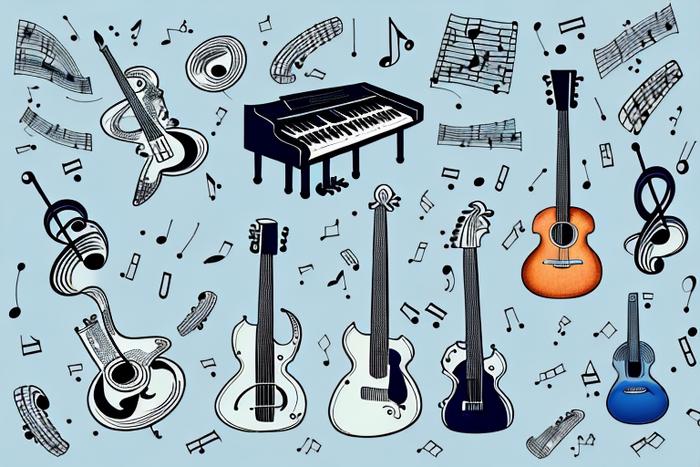
Melody-making often leaves guitarists stumped. How can the Circle of Fifths guide you to create memorable phrases? From my own experience, understanding the Circle has been key in improvisation, enabling me to craft melodies that resonate and stick. By exploiting the logical progression of the Circle, I’ve discovered music patterns that ensure my melodies don’t just feel good but truly capture emotion and attention. Using the Circle of Fifths as a roadmap, it becomes easier to transition seamlessly between keys, enriching the melodic narrative without causing dissonance. This methodical approach ties back to a fundamental principle: innovation thrives on solid foundations.
FAQs
What is the Circle of Fifths?
How is the Circle of Fifths useful for guitar players?
Can the Circle of Fifths help with learning chord progressions?
How do I practice using the Circle of Fifths on guitar?
Conclusion
The journey through the Circle of Fifths is just the beginning. How will you apply this newfound knowledge? Throughout our exploration, we’ve unraveled the complexity and elegance of the Circle of Fifths, unveiling it as an essential pillar of guitar theory and music theory. By understanding its structure, you’ve equipped yourself with a profound tool to enhance your musical expression.
Embarking on this journey, we’ve delved into its role in chord progressions, key changes, and songwriting. We’ve identified where this powerful concept lies on the fretboard, enabling you to visualize its influence across your musical landscape. This knowledge isn’t merely academic; it’s a practical gateway to crafting melodies and harmonious transitions.
Reflecting on my path, the Circle has opened countless doors in music, and I encourage every guitarist to embrace this powerful tool. By integrating it into your practice and creativity, you can transform your approach to guitar playing and composition, allowing for greater musical exploration and freedom.

